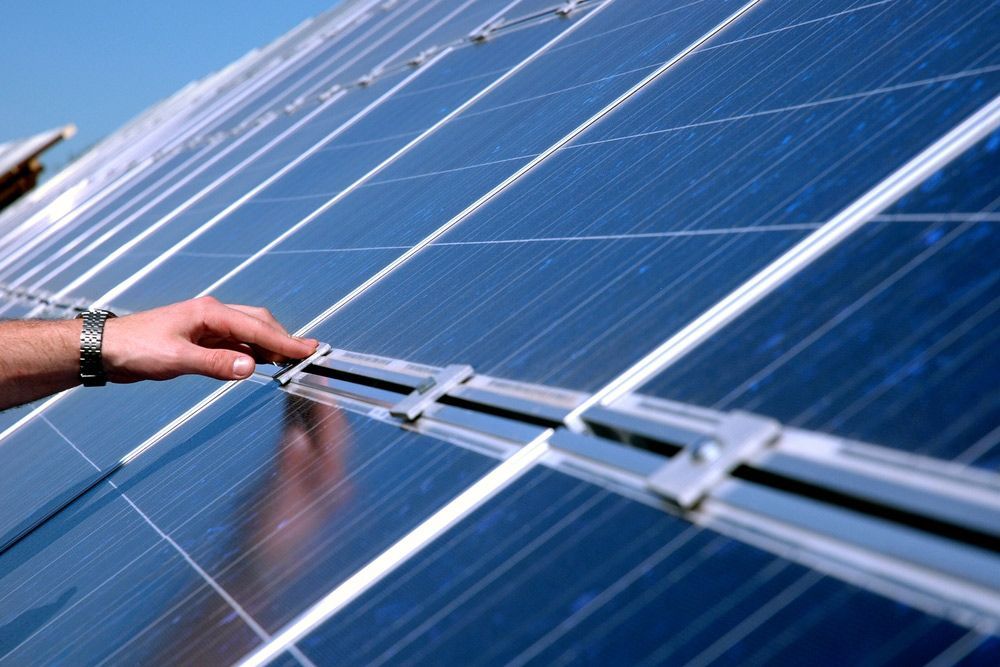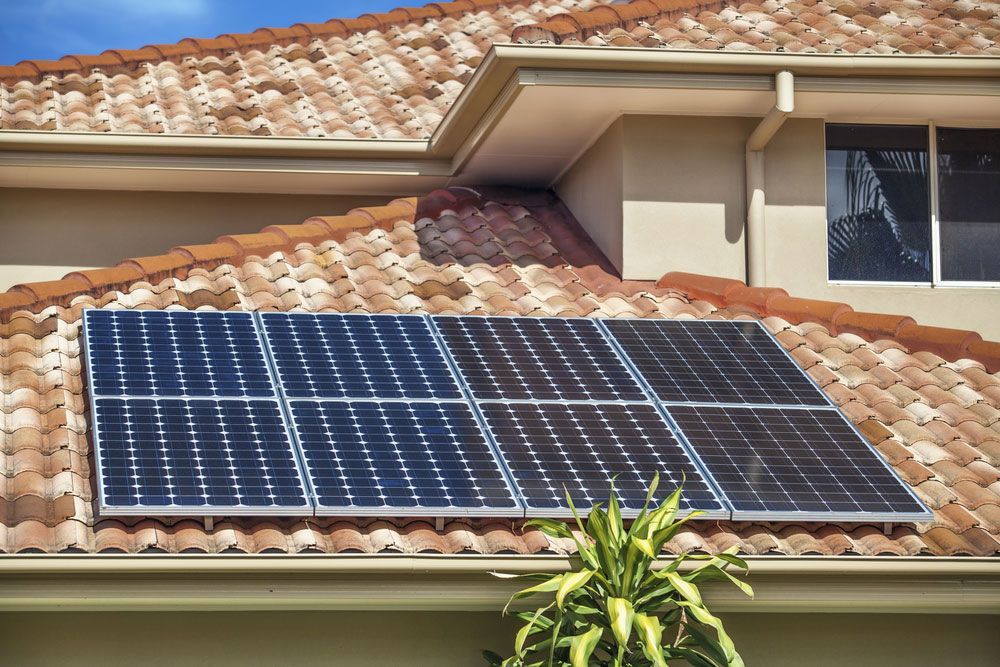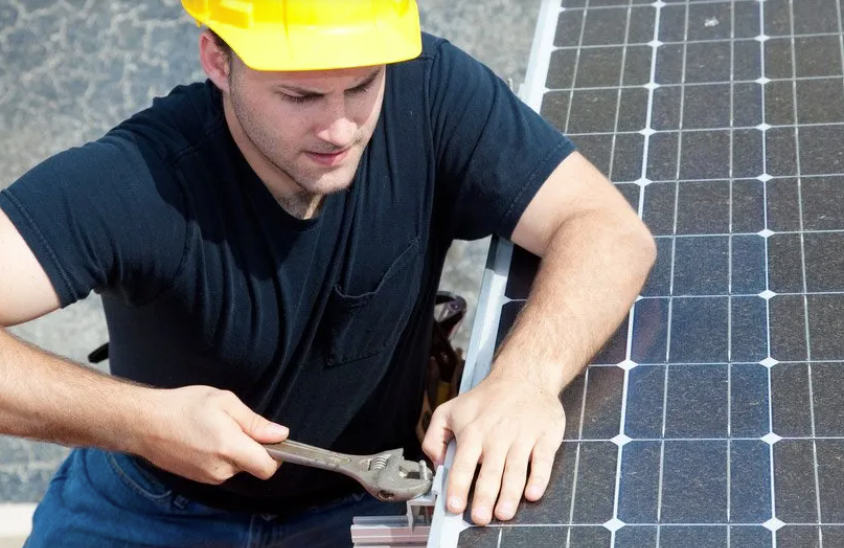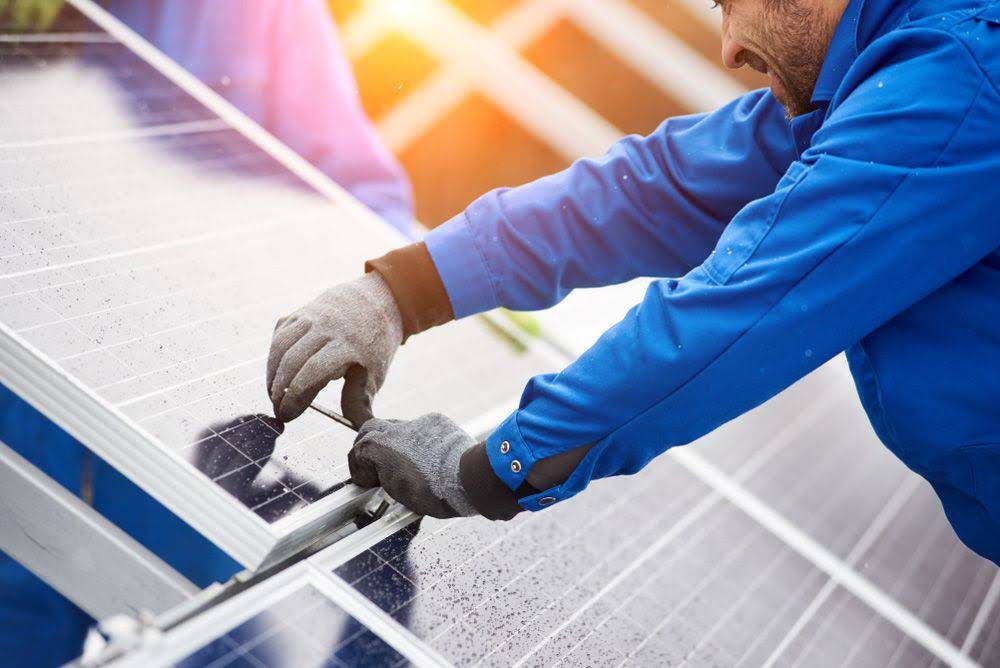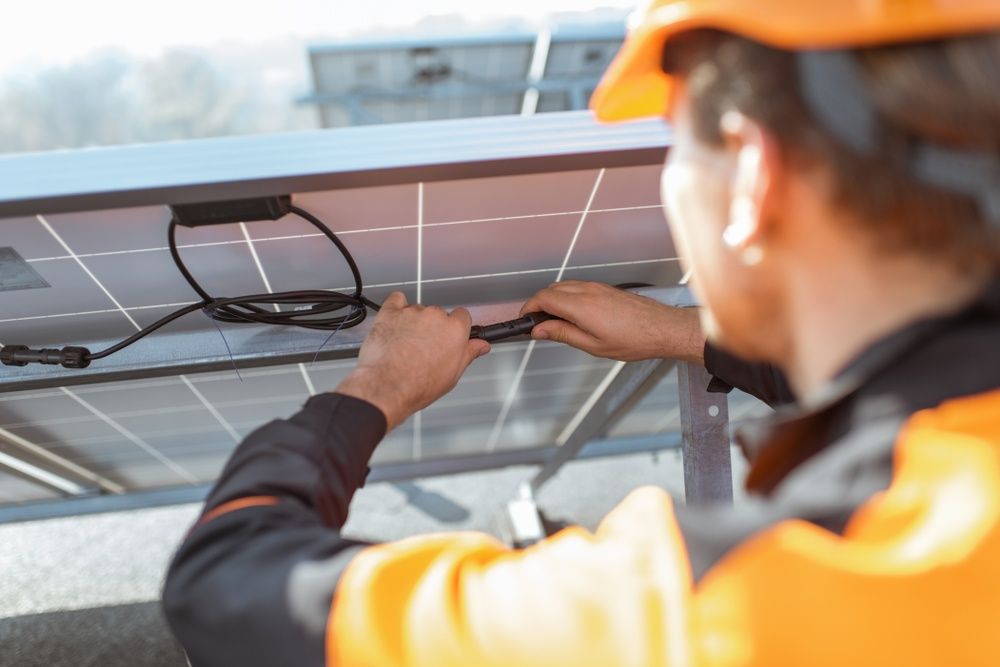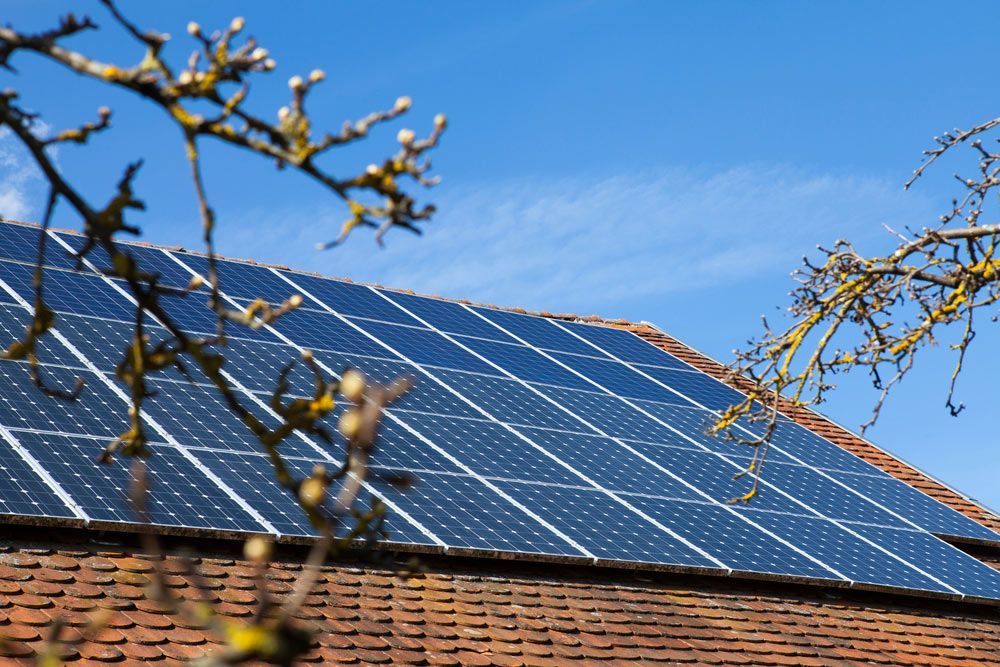Tailoring Solar Installation in Cairns to Your Property Type
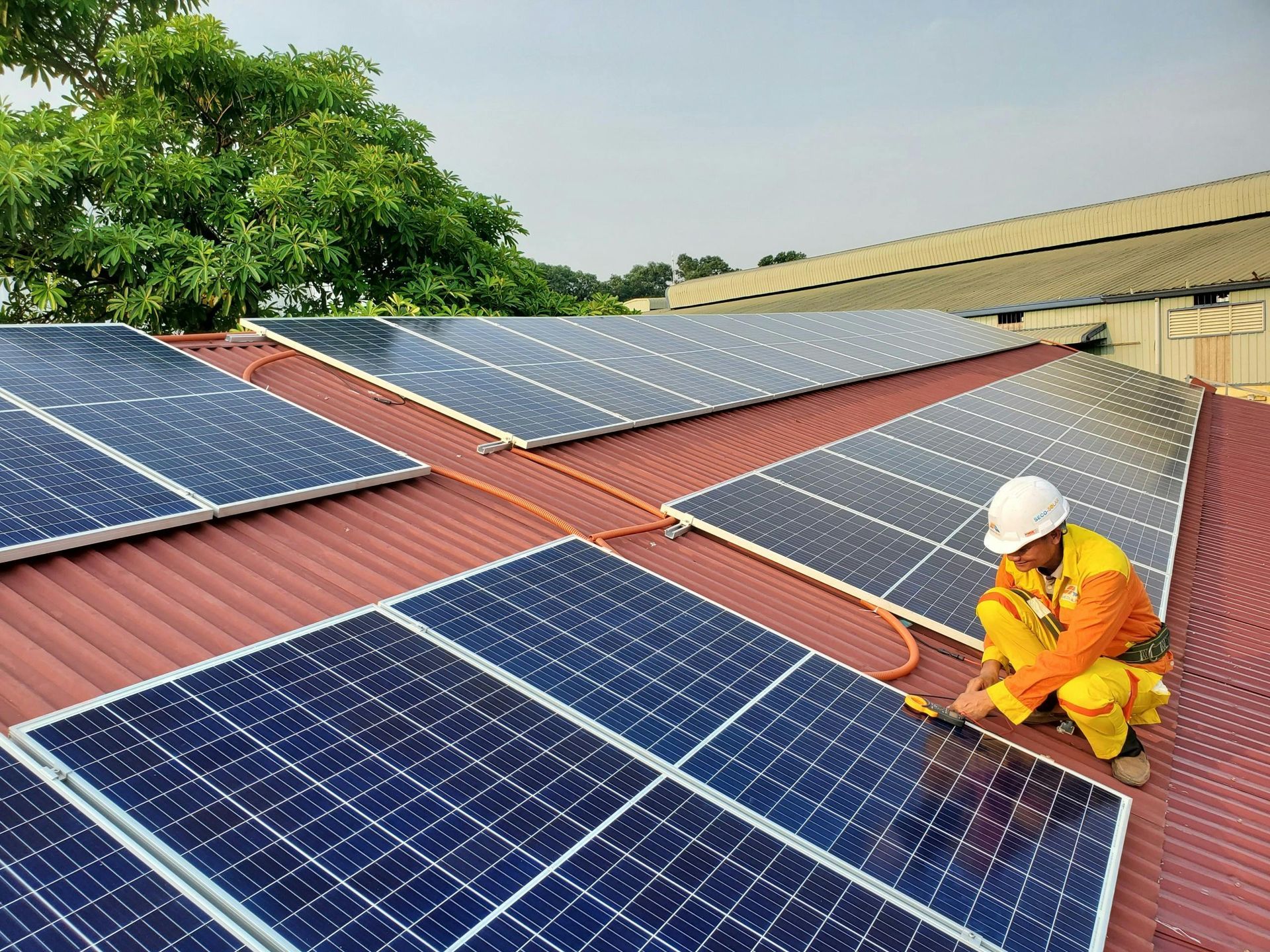
Imagine investing in a solar system that perfectly matches your property’s energy profile, climate conditions, and daily needs—no more overspending on systems that underperform or risk non-compliance. In Cairns, where the tropical climate and diverse property types present unique challenges, a one-size-fits-all solar setup simply doesn’t work. Professional solar installers take a tailored approach, ensuring each system performs optimally, meets local regulations, and delivers long-term savings.
Whether you’re a homeowner, business operator, property manager, or rural landowner, understanding how solar installation is adapted to your property type can help you make better choices. Let’s explore how experts customise solar energy systems across different scenarios.
Understanding the Unique Energy Demands of Residential Properties
Residential solar installations start with understanding how households consume energy daily. Installers consider lifestyle patterns—whether occupants are home during the day, rely on air conditioning, or run electric appliances at night. Roof size, orientation, and shading from nearby trees or structures also affect system design. A well-designed home solar system maximises self-consumption and minimises export waste.
Key considerations for residential solar:
- Assessing roof angle and shading to optimise panel placement
- Matching the inverter size with daily consumption rather than peak demand
- Incorporating battery storage for improved self-reliance
For homes in Cairns, humidity-resistant panels and high-efficiency inverters often perform best in maintaining consistent output despite the climate.
Designing Solar Solutions for Commercial Buildings with Complex Roofs
Commercial properties often have large, flat or irregularly shaped roofs, multiple tenants, or varying energy use throughout the day. Solar installers for these buildings prioritise panel placement that avoids vent stacks and HVAC units, while also adhering to workplace safety standards. Advanced monitoring systems are usually integrated for detailed consumption tracking.
Tailored considerations for commercial sites:
- Load balancing across phases to maintain voltage stability
- Integration with existing energy infrastructure or backup generators
- Roof condition assessments to confirm structural suitability
Installers may propose staged installations or systems with export limiters to manage grid feedback, especially for businesses with peak operation hours during the day.
Ensuring Grid Compliance for Solar Installations in Rental Properties
For landlords and property managers, solar installations can increase property value and appeal to tenants seeking energy efficiency. However, compliance with rental agreements and electrical standards is non-negotiable. Systems must be designed with tenant turnover, metering configurations, and ownership responsibilities.
Key compliance elements include:
- Separate metering options for multi-tenanted buildings
- Ensuring switchboards meet current Australian standards
- Selecting low-maintenance systems to reduce landlord responsibilities
Solar installers work closely with property stakeholders to ensure upgrades remain compliant, especially when dealing with shared electrical infrastructure.
Creating Reliable Off-Grid Systems for Rural Homes & Farms
Solar systems need to be self-reliant in rural Cairns properties where grid access is limited or unstable. Off-grid and hybrid solar installations include solar panels, battery banks, inverters, and sometimes backup generators. Proper load assessment is vital to avoid overloading during low-sunlight periods or heavy usage.
Components of a rural solar setup:
- Battery storage systems sized for multiple cloudy days
- Smart inverters that manage grid-tied and off-grid switching
- Integration with diesel or petrol generators for emergency backup
Installers also factor in equipment protection from wildlife, high winds, and exposure to extreme weather common in remote areas.
Balancing Aesthetics & Performance in Suburban Home Installations
For many suburban homeowners, visual impact matters. Solar panels should blend with the roof design while still delivering optimal output. Aesthetic concerns are balanced with the need for panel tilt, spacing, and cable concealment. Installers also consider the home’s future resale value and orientation to the sun.
Best practices for suburban installs:
- Using all-black panels for a sleek look on visible rooflines
- Installing inverters in concealed but ventilated areas
- Aligning the array design with the roof symmetry to maintain the appearance
Suburban systems often benefit from hybrid inverters and compact battery units that allow future upgrades without major alterations.
Overcoming Cairns’ Tropical Challenges with Smart Solar Design
Cairns’ hot, humid conditions and intense UV exposure require durable solar technology. Panels must resist corrosion and maintain efficiency under high temperatures. System design must accommodate the risks of seasonal rain, heat, and cyclonic weather to maintain safety and performance.
Environmental challenges and solutions:
- Using cyclone-rated mounting systems to withstand high wind loads
- Selecting corrosion-resistant panel frames and racking
- Opting for inverters with tropical-rated enclosures and passive cooling
Installers also plan runoff management to prevent water pooling around roof mounts, preserving the performance of both the roof and the panel over time.
Scaling Solar Systems for Growing Energy Demands
Modern homes and businesses evolve—so should their solar systems. A family may buy an electric vehicle, or a business might expand its operations. Forward-thinking solar design includes the capacity to add panels, upgrade batteries, or integrate new technologies down the line without major rewiring.
Scalable solar planning includes:
- Oversizing inverters to accommodate future panel additions
- Installing larger switchboards or reserve circuits
- Choosing battery-ready systems for staged implementation
This future-proofing saves costs on later upgrades and reduces the need for repeat inspections or electrical compliance work.
Why Professional Assessment is Crucial Before Installation
The difference between a solar system that saves thousands over its lifespan and one that underdelivers often comes down to a proper property assessment. Site inspections identify structural risks, shading patterns, switchboard capacity, and compatibility. Installers evaluate not just the property, but also occupant behaviours, seasonal usage patterns, and long-term energy goals.
Checklist for initial property assessments:
- Roof orientation, pitch, and condition
- Shading impact during morning, midday, and afternoon
- Switchboard capacity and current wiring condition
- Energy consumption data from the past 6-12 months
This assessment phase ensures the system is tailored to a building and the people who use it.
Ready to Tailor Your Solar Installation in Cairns?
At Big Electrics, we take the guesswork out of solar installation by designing systems perfectly suited to your property. Whether you own a home, manage a rental, run a business, or live off-grid. Our team understands Cairns’ environmental conditions, compliance standards, and the diverse needs of local property types.
Get in touch via our contact page or give us a call for more information or to book a consultation. Let’s design a solar solution that works exactly how you need it to.

